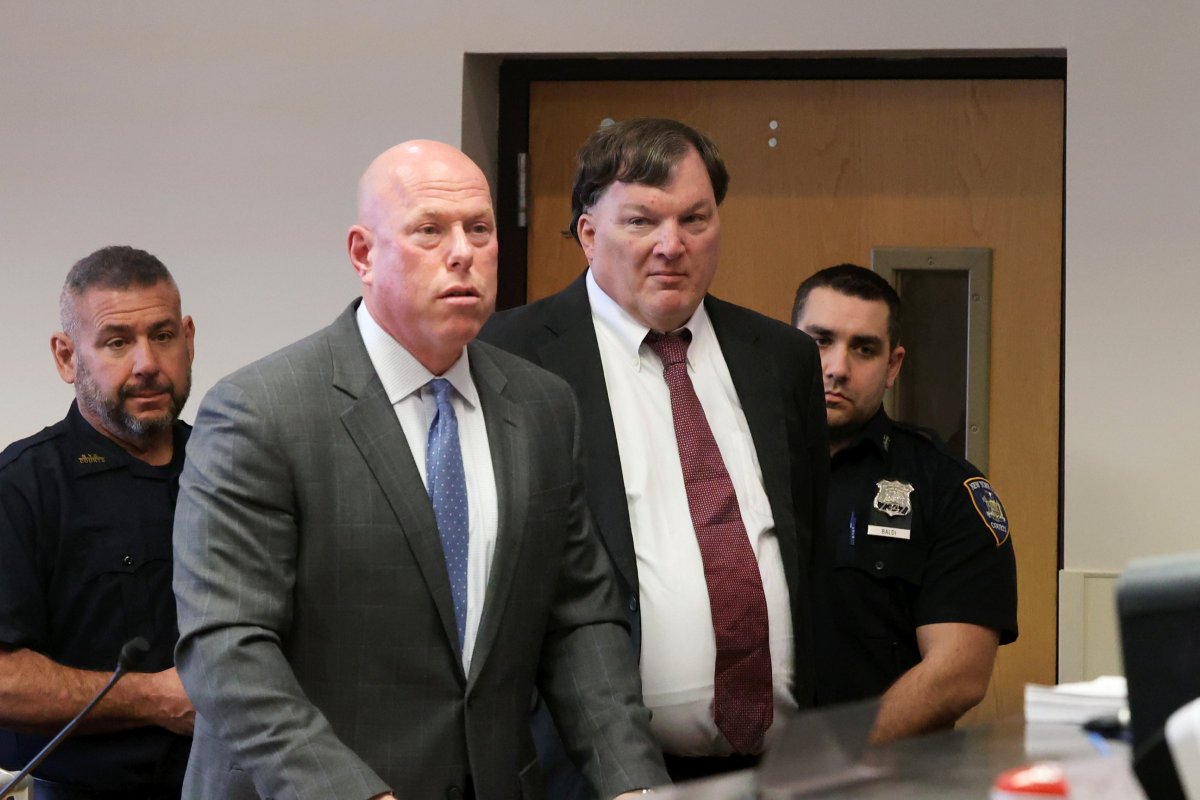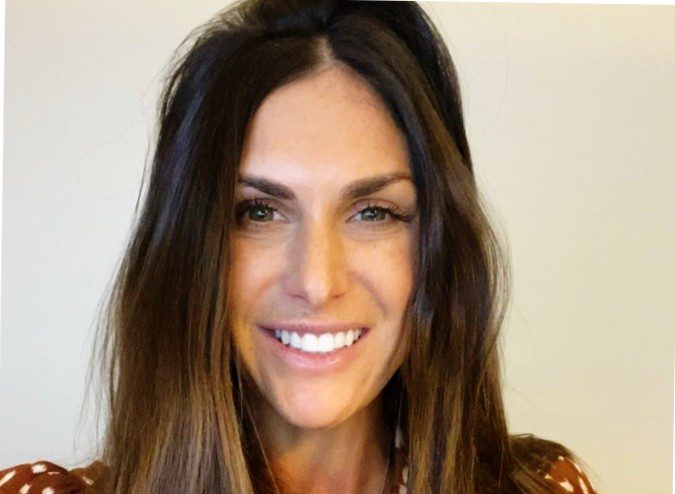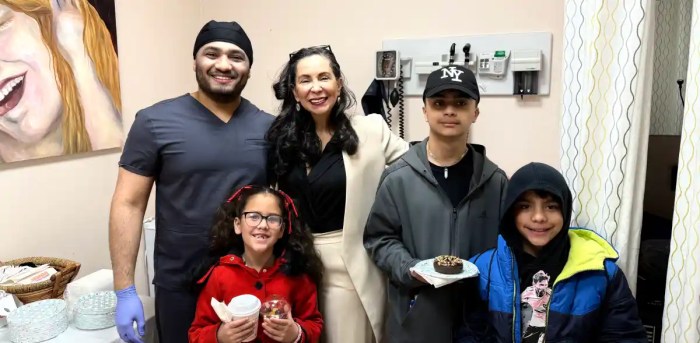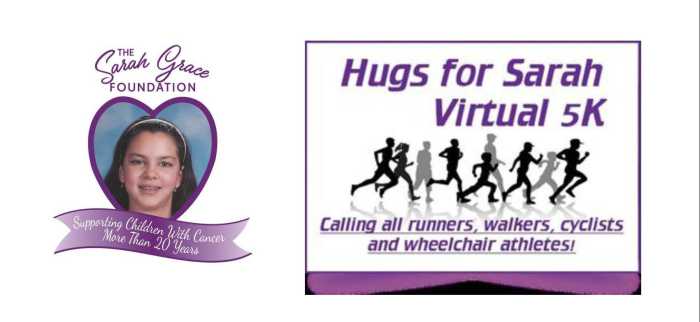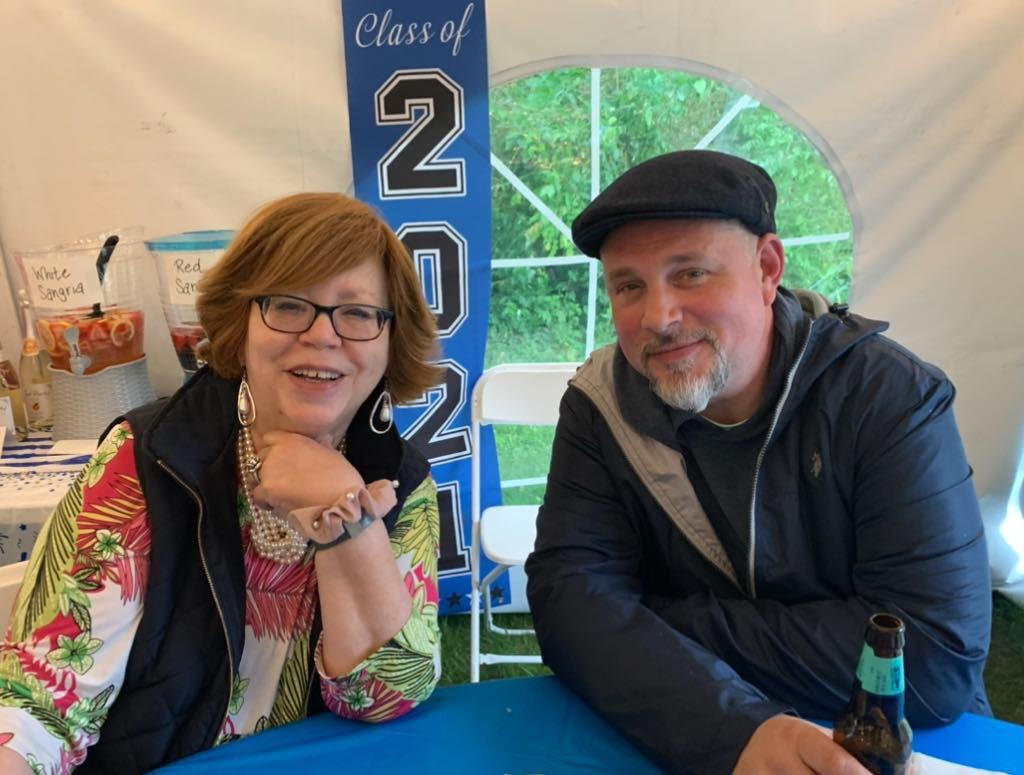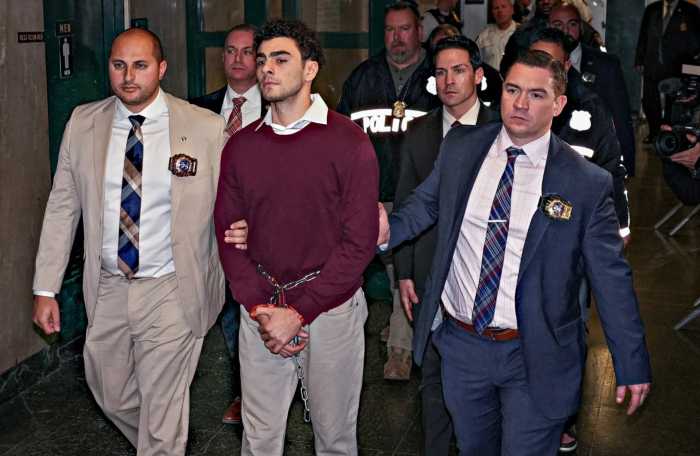Prosecutors and the defense attorney for suspected Gilgo Beach serial killer Rex Heuermann continued to spar over the admissibility of DNA evidence ahead during his latest pretrial hearing on Feb. 25.
Heuermann appeared stoic at Suffolk County criminal court as he let his lawyer, Michael Brown, argue with both Judge Timothy Mazzei and prosecutors as Brown protested the admissibility of the nuclear DNA evidence in the case.
“This is novel information,” Brown, referring to the advanced DNA evidence prosecutors used in the case, told reporters after the hearing. “They call it science. We’re disputing that.”
Heuermann currently stands charged with murdering seven women: Melissa Barthelemy, Jessica Taylor, Sandra Costilla, Maureen Brainard-Barnes, Amber Lynn Costello, Megan Waterman, and Valerie Mack. Hairs belonging to either Heuermann or his family members were allegedly found on the victims remains. On all but two victims – for one of whom only nuclear DNA test results were available, and for the other, no DNA evidence was used to charge Heuermann – hairs were matched to Heuermann via both mitochondrial and nuclear DNA testing.
In forensic evidence, mitochondrial DNA is useful for identifying remains when nuclear DNA is degraded or unavailable, but it cannot distinguish between maternal relatives. Nuclear DNA, being unique to an individual, is more definitive for identification and establishing direct familial relationships in legal cases.
California-based Astrea Labs Inc. conducted the nuclear DNA testing in the Gilgo case, but this is the first time the lab has been used in any case in New York State. Brown argued that the evidence they processed should not be admitted in trial.
For several of Heuermann’s recent court appearances, Brown has discussed scheduling a Frye hearing to decide if it should be allowed – but no such hearing has been scheduled, as Brown continues to say he has not received all of the evidence from prosecutors yet during the discovery process.
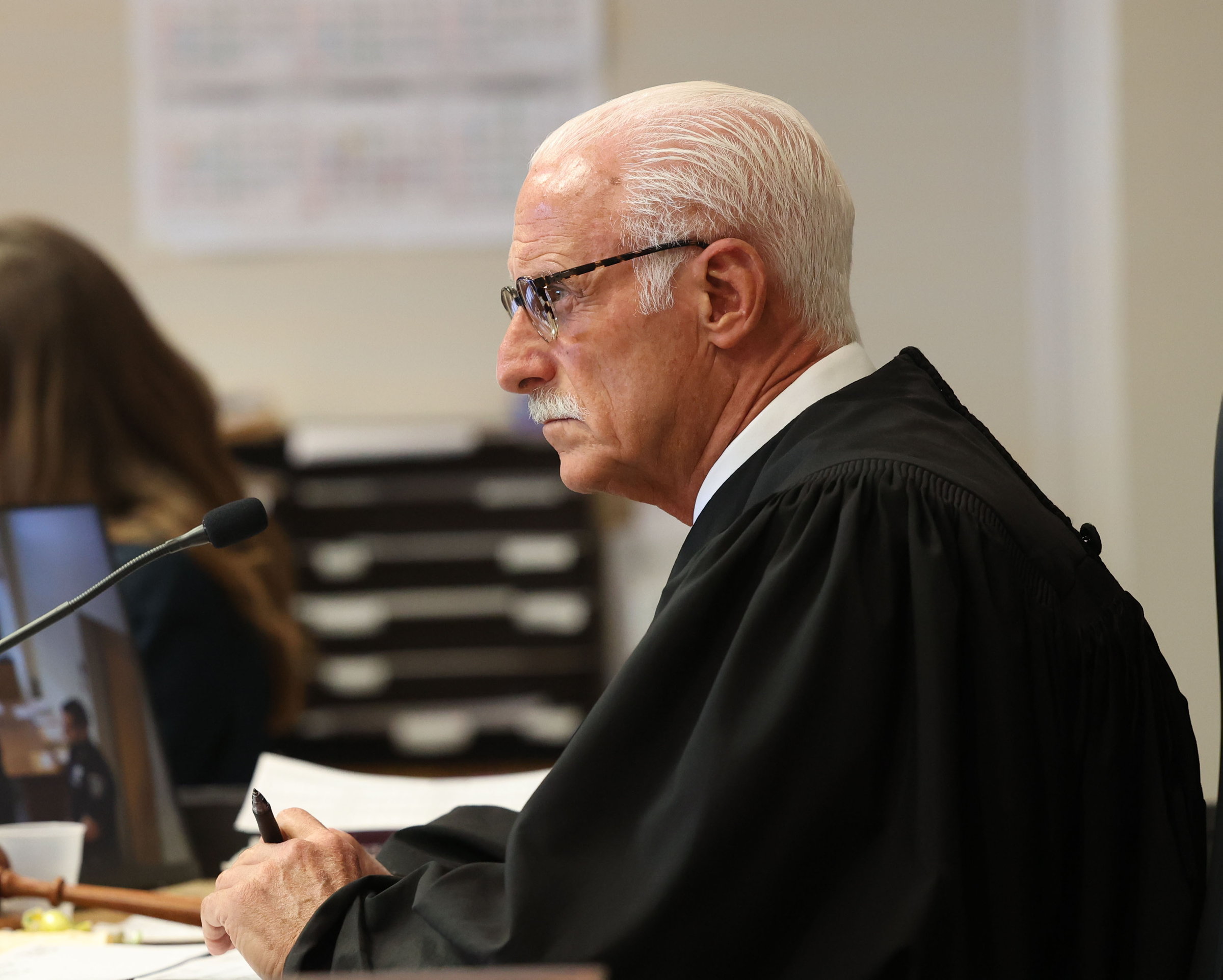
“Quite frankly, that’s the only reason I’m not setting the hearing today,” Mazzei told Brown in the courtroom. “But we’re getting to a point where we need to set this hearing.”
Mazzei set Heuermann’s next court appearance for March 12 to determine when the Frye hearing would be held.
While tensions appeared high in the courtroom, following a nearly hour long conference behind closed doors between Mazzei, Brown, and prosecutors, Suffolk County District Attorney Ray Tierney said he is not frustrated by the length of events.
“This is the process,” Tierney told reporters following the conference. “The defense has a job to do, and they’re doing it it in a diligent way. You, as the media and members of the public, are kind of seeing this. This is typical of our cases. This is why it’s difficult to prosecute cases.”
Tierney added that the work of Astrea Labs is not unprecedented, as there is always new forensic science in criminal cases.
“Anytime you have something new, there always has to be the first of something,” Tierney said. “So this is the first time we’re taking the sound science and we’re applying it to the criminal forensic area. The applicable DNA technology that is used now is STR – short tandem repeats in 1996 – I believe I did the first case in Suffolk County. I believe it was the first case in in in New York State. Back then they didn’t have accreditation in New York State for STR, and we went to a North Carolina lab. It got brought into the forensic realm, and then it became generally accepted.”

Brown has continuously referred to the work of Astrea Labs as “magic,” and has said that the hairs on the victims had been deemed unsuitable for nuclear DNA testing until prosecutors came across Astrea. He added that he found it suspicious that no forensic evidence of murders occurring in Heuermann’s house nor any more DNA than hairs had been found on the victims.
Despite Brown’s claims, all but one victim in the case have also been linked to Heuermann or family members through mitochondrial DNA testing. While Brown has indicated the defense will cast doubt on the veracity of mitochondrial DNA during trial, he has not mentioned blocking it from the trial.
Brown also continues to seek separate trials for separate victims – as many as five trials. This has not been ruled on by the judge yet.
“Some of the evidence and some of the victims should be tried together, and we conceded that, in the motion,” Brown said. “Many of the other victims should not be tried together. They have nothing to do with each other, in the sense of the location of where the bodies were found, the type of murder that was committed, the evidence that they have.”
Tierney adamantly opposed the motion.
“The theory of our case is this defendant is a serial killer who meticulously and methodically hunted down and murdered seven women,” Tierney said.
Prosecutors responded to the defense motion on the morning of the hearing.
But Heuermann’s defense team dropped their plan to have the case tried outside of Suffolk, with Brown indicating that past police handling of the Gilgo case will be used in the defense’s case.
“We are looking forward to 12 people from Suffolk County, the residents in Suffolk County who are familiar with what goes on in Suffolk County,” Brown said. “We are looking forward to having them sit in that courtroom and listen to the evidence, and listen to the lack of evidence, listen to the whole picture, as opposed to just snippets that you may have heard, looking forward to that.”
While Tierney has refused to name Heuermann a suspect in any additional murders, four victims still remain unaccounted for in the Gilgo Beach case; an unidentified woman known as “Peaches,” a toddler who is known to have been Peaches’s daughter, an unidentified biological male of Asian descent, and Karen Vergata, who was identified in 2023.
Heuermann had not officially been named a suspect in the murders of Jessica Taylor and Sandra Costilla before he was indicted in June.




